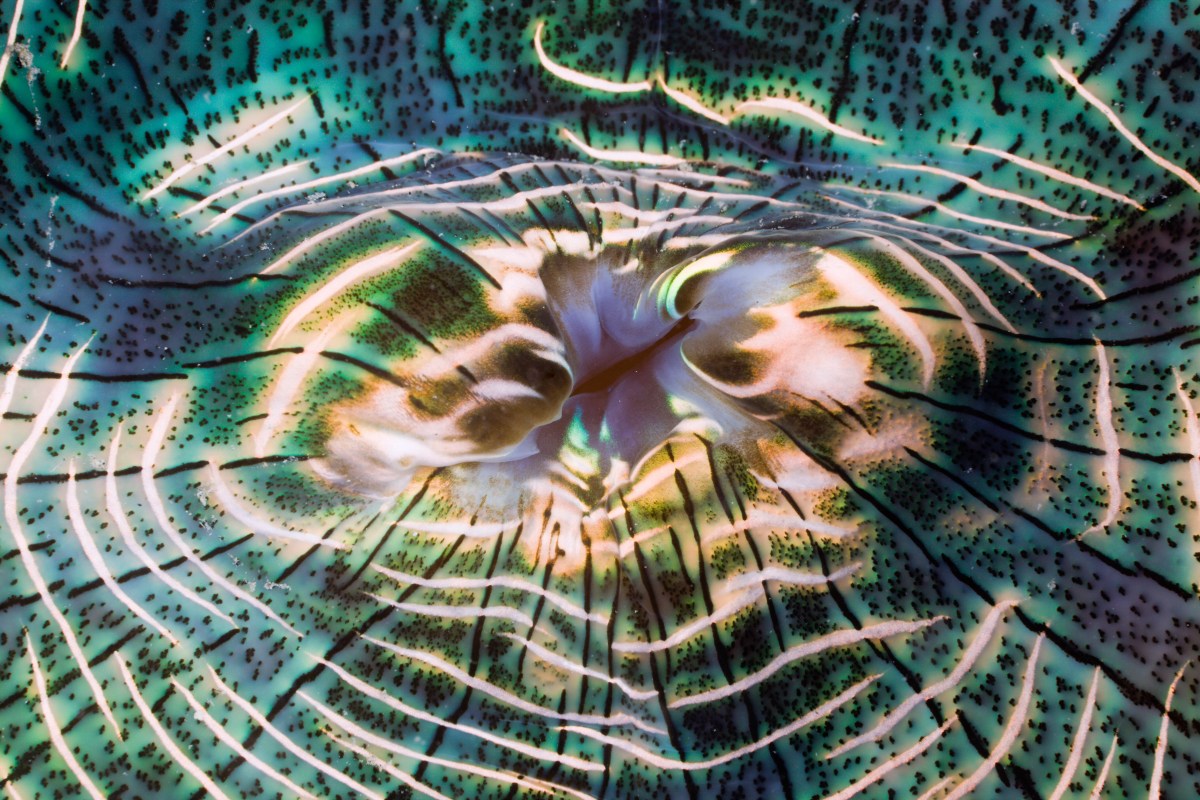A new article in The Atlantic tells the inspiring story of the Tridacna crocea, the title of world’s largest clam, which could have surprising implications for the future of renewable energy. The giant bivalves, which live in the seas of Palau, glow beautifully, and the scientific investigation into why they shimmer has revealed evidence of photosynthetic superpowers.
While most glowing creatures do so for an obvious visual purpose, deterring predators for example, new studies suggest that giant clams glow because they take in sunlight and grow their own photosynthetic algae. Essentially, the giant clam’s photosynthetic abilities allow it to redistribute heat from the sun.
The fact that a living creature may be able to expel heat and cool itself down the way giant clams can is thrilling for climate scientists. Researchers working with the clams have dreamed of “giant-clam-inspired bioreactor,” according to The Atlantic, that would improve upon biofuel practices. Though such an invention is theoretical right now, the stunning power of giant clams is a beacon of hope for those dedicated to renewable energy.
Thanks for reading InsideHook. Sign up for our daily newsletter and be in the know.



















